What are cloud computing platform- The wise decision?
cloud computing platform: Cloud computing has played a significant role in businesses' digital transformation for many years.
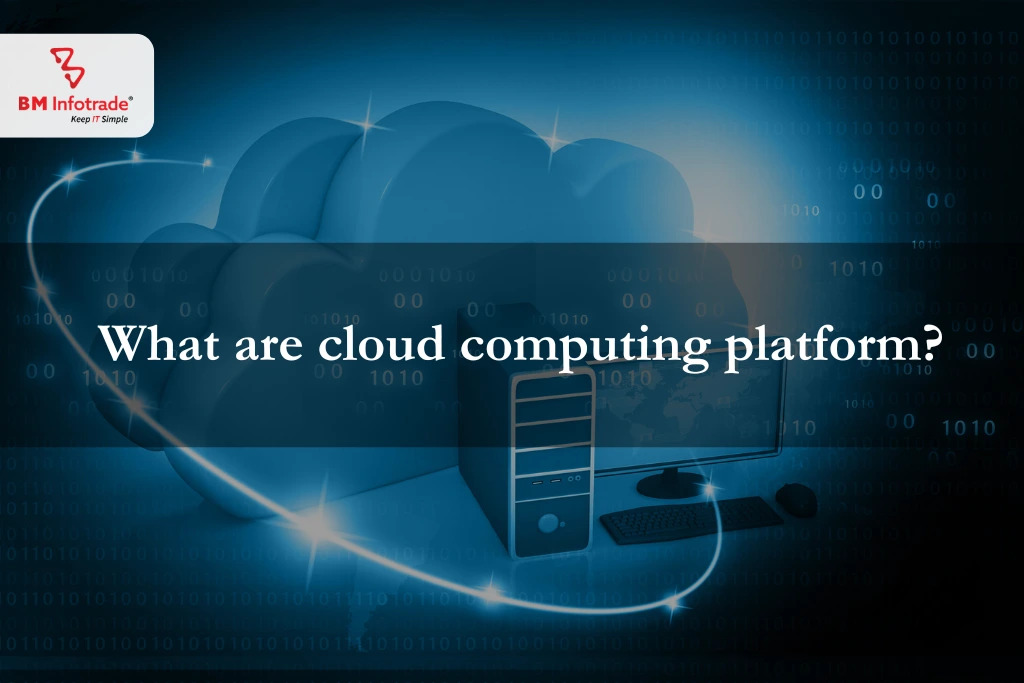
What are cloud computing platform- The wise decision?
Coud computing platform: Cloud computing has played a significant role in businesses' digital transformation for many years. These services have increased in popularity over the past year as remote work has grown in acceptance. These cloud computing services are easy to use and provide services that have been carefully prepared, saving us time and energy.
A cloud platform is a server's hardware and operating system that is housed in an online data center. It allows for the widespread and remote coexistence of hardware and software. A cloud computing platform allows for the Internet-based distribution of many different services. This is how a cloud computing platform is typically defined. Among other tools and applications, these resources include data storage, servers, databases, networking, and software.
Every business that wants to stay on top of digital trends and conventions now needs to use cloud computing. And, as you may be aware, ignoring digital change in the contemporary world of this century is not an option.
Instead of keeping files on a specialized hard drive or a local storage device, cloud-based storage enables you to store them to a distant database. The data and the software programs required to run it are both accessible to electronic devices as long as they have internet connectivity.
For a number of factors, including cost savings, increased productivity, speed and efficiency, performance, and security, people and businesses are increasingly relying on cloud computing platforms.
Consequently, what are cloud platforms and how do they operate? Business rents out computer services like servers, databases, storage, analytics, networking, software, and intelligence. Companies don't have to spend money on data centers or processing machinery as a result. They only pay for the goods and services they use.
Servers, databases, and networks are shared resources that are made available through the internet by cloud computing services. The three service models used in cloud computing are platform as a service (PaaS), infrastructure as a service (IaaS), and software as a service (SaaS), each of which was developed to meet particular business needs. The characteristics of cloud computing, the distinctions between the three service models and the benefits and drawbacks of each are covered in this article. It also discusses how cloud computing can be optimized with the appropriate virtual desktop infrastructure (VDI) solution.
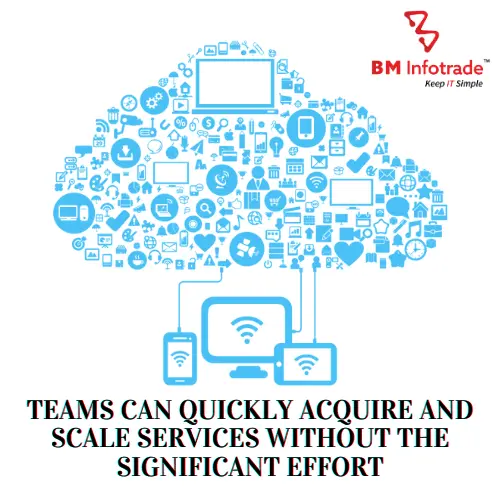
Which Cloud Service Models are there?
The three primary categories of cloud computing service model include SaaS, PaaS, and IaaS. All three are reachable through online apps that are accessible on various devices or web browsers. The team can collaborate online with the help of the cloud service model rather than creating offline and then sharing online.
Read More: Multi cloud management- Keeping storage simple and efficient.
Different Cloud Platforms
Cloud platforms come in a variety of forms. None of them are successful for everyone. To help meet the varying needs of users, there are numerous models, types, and services available. They comprise:
Public Cloud: Platforms that deliver computing resources over the Internet come from outside providers and are known as public cloud services. Amazon Web Services (AWS), Google Cloud Platform, Alibaba, Microsoft Azure, and IBM Bluemix are a few examples.
Private Cloud: An organization's use of a private cloud platform is restricted. Usually, it is hosted by a third-party service provider or in-house data center.
Hybrid clouds combine public and private cloud computing infrastructures. Applications and data are seamlessly transferred between the two. As a result, the organization's infrastructure, security, and compliance are improved and given more flexibility.
Organizations can build cloud-native applications, test and develop existing ones, and store, backup, and recover data using a cloud platform. Organizations can also analyze data thanks to it. Additionally, businesses can deliver software on-demand globally, embed intelligence into their processes, and stream video and audio. Platform List for Cloud Computing.
Read More:- What is Azure: The Worldwide Influence of Microsoft
Platform List for Cloud Computing
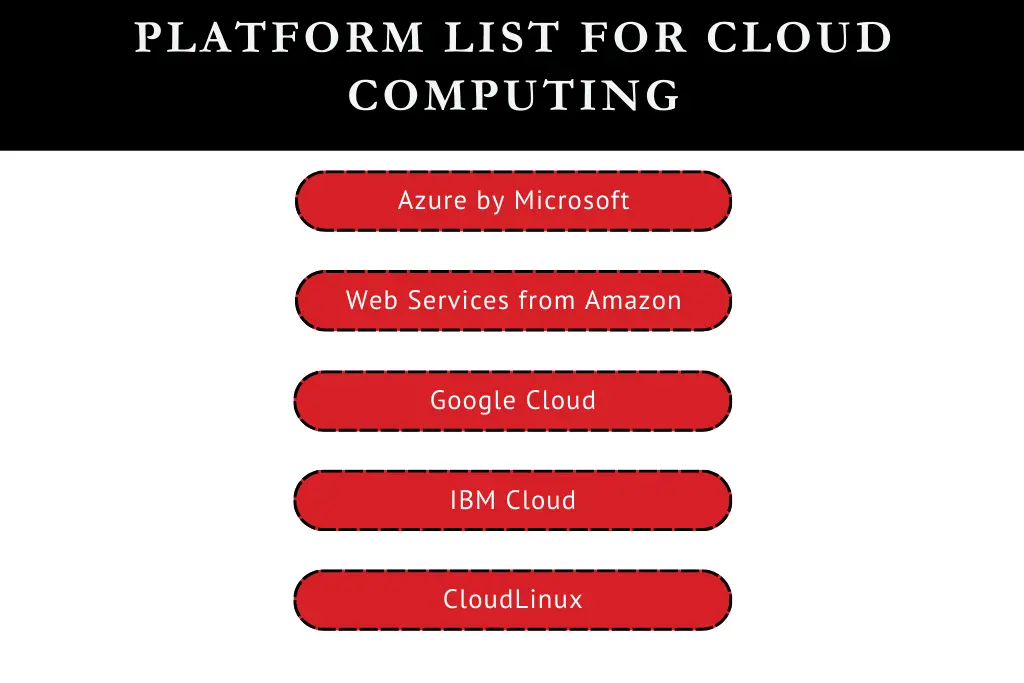
1. Azure by Microsoft
Given the vast array of services offered by Microsoft, Azure has long been regarded as one of the best cloud service platforms available. Any company in any industry can find the services they need from the lengthy list that is offered.
Using Azure, you can run services in the cloud or combine them with any of your existing infrastructures. Since its initial release in 2010, Microsoft Azure has proven to be a dependable option for businesses attempting to adopt new technologies.
2. Web Services from Amazon
A popular cloud computing platform for creating interactive web applications for your business is Amazon Web Services (AWS). IaaS and PaaS options include Relational Database Service, Simple Storage Service (S3), Elastic Cloud Compute (EC2), and Elastic Beanstalk, to name a few (RDS)
Because of the flexibility of AWS' architecture, you can cut costs by only using the services you need.
3. Google Cloud
One of the largest IT companies in the world, Google Cloud is a dependable, user-friendly, and secure cloud computing solution. Despite having a smaller service portfolio than Azure, Google Cloud can still fulfill all of your IaaS and PaaS needs. User-friendliness and security are among its headlines. Similar to Azure, the first 12 months of your service are also free. Google also bragged about how its services were more affordable and less expensive than others.
4. IBM Cloud
With a focus on IaaS (Infrastructure as a Service), SaaS (Software as a Service), and PaaS, IBM Cloud is another cloud computing platform (Platform as a Service).It has one of the most cost-effective pricing structures available, and since it can be completely customized, you could potentially save even more money. It's simple to create an account using their APIs.
5. CloudLinux
If you want to build your own IT infrastructure rather than relying on a third-party service, CloudLinux is the way to go. It's a platform for building your own cloud infrastructure, not just another cloud provider. As its name suggests, it is an operating system built on the Linux platform. Although working with CloudLinux has many challenges, it also has many advantages, including complete control, flexibility, security, and extensive customization.
Conclusion:
With cloud computing, teams can quickly acquire and scale services without the significant effort that comes with managing a traditional on-premise infrastructure, increasing efficiency and reducing time to market.

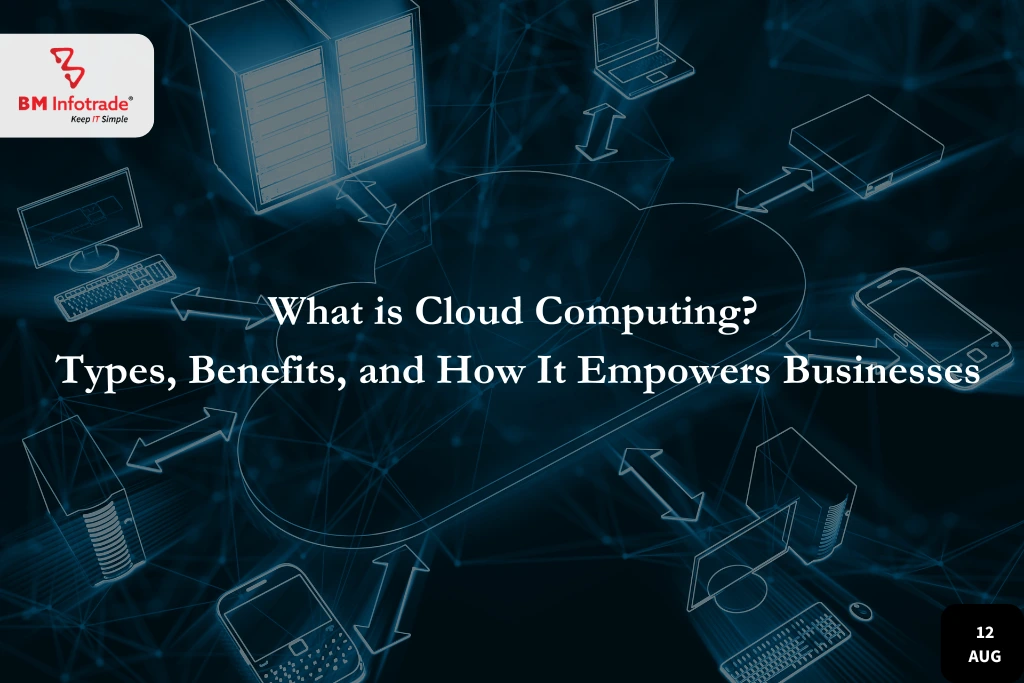



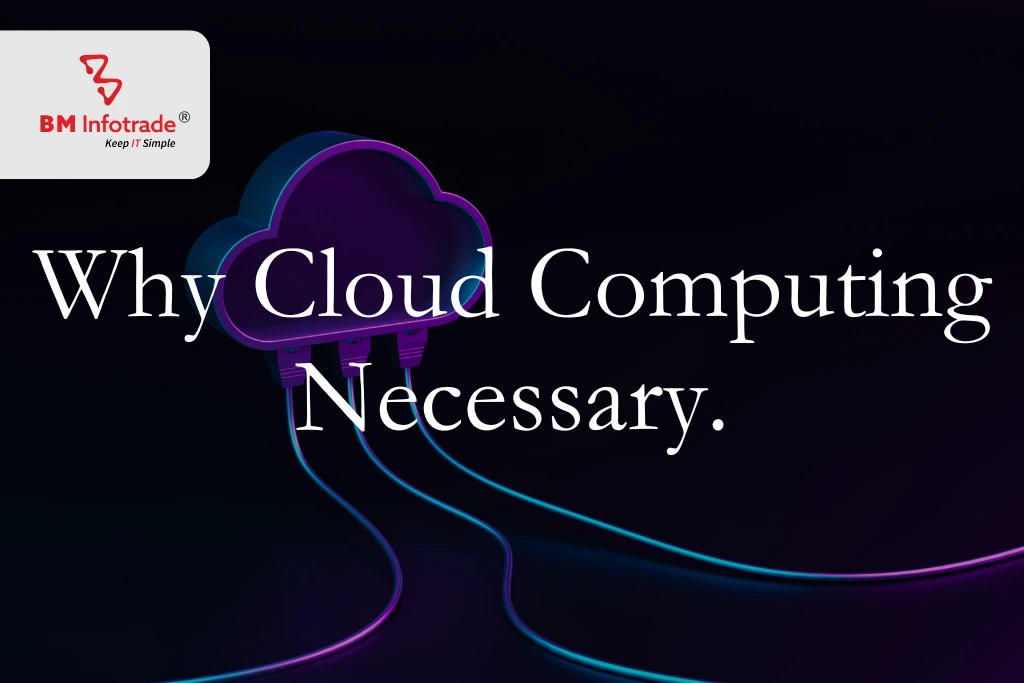
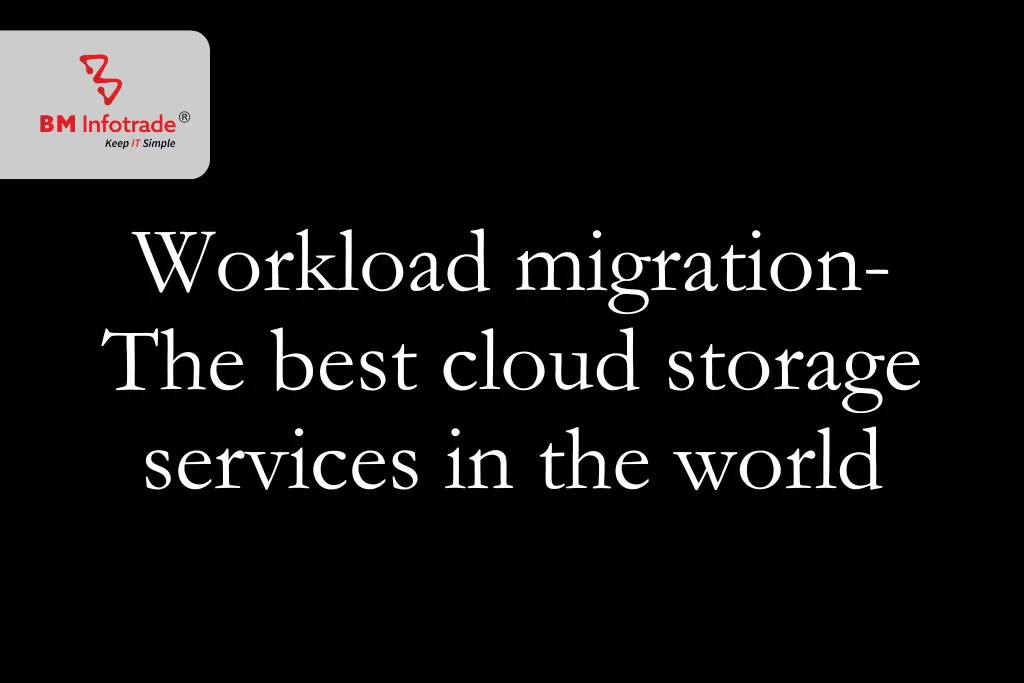
Anshul Goyal
Group BDM at B M Infotrade | 11+ years Experience | Business Consultancy | Providing solutions in Cyber Security, Data Analytics, Cloud Computing, Digitization, Data and AI | IT Sales Leader